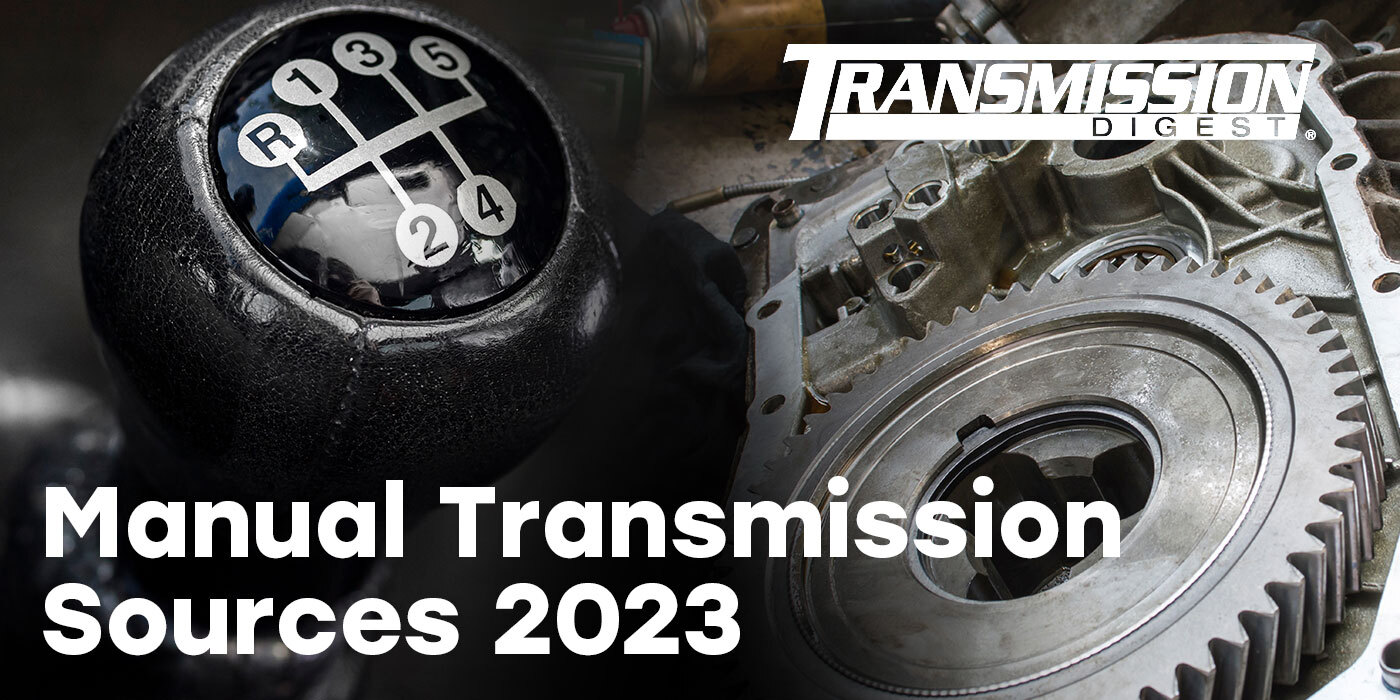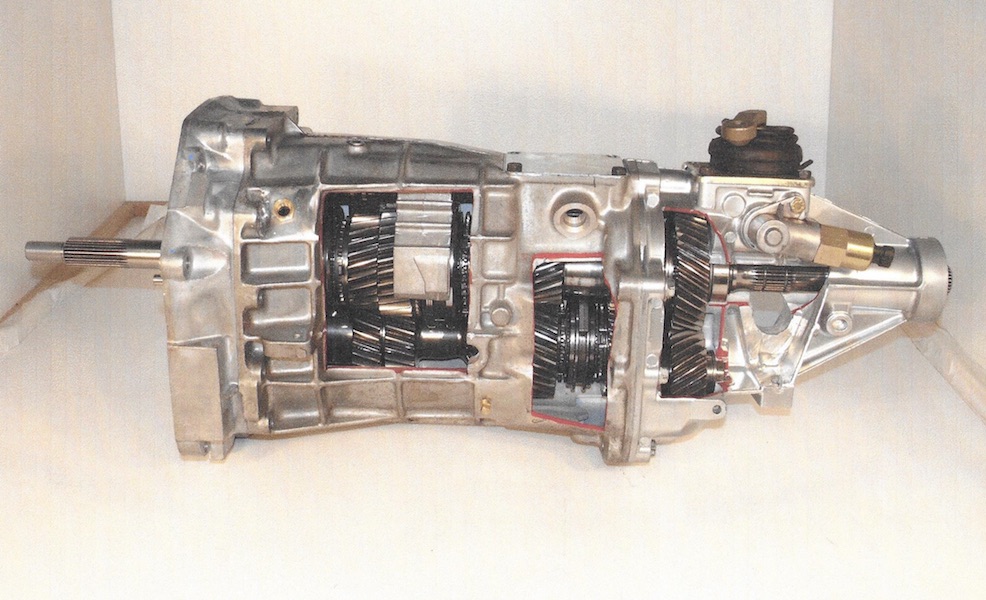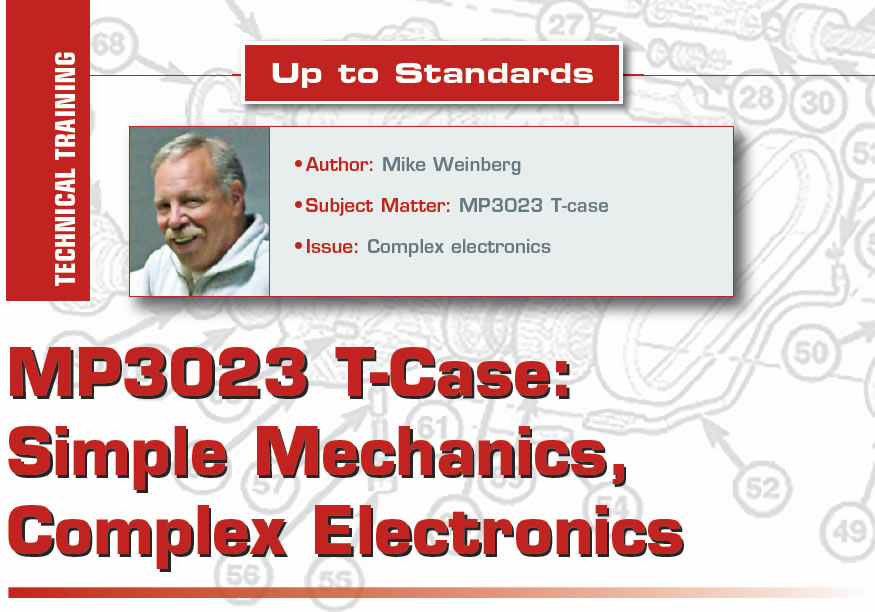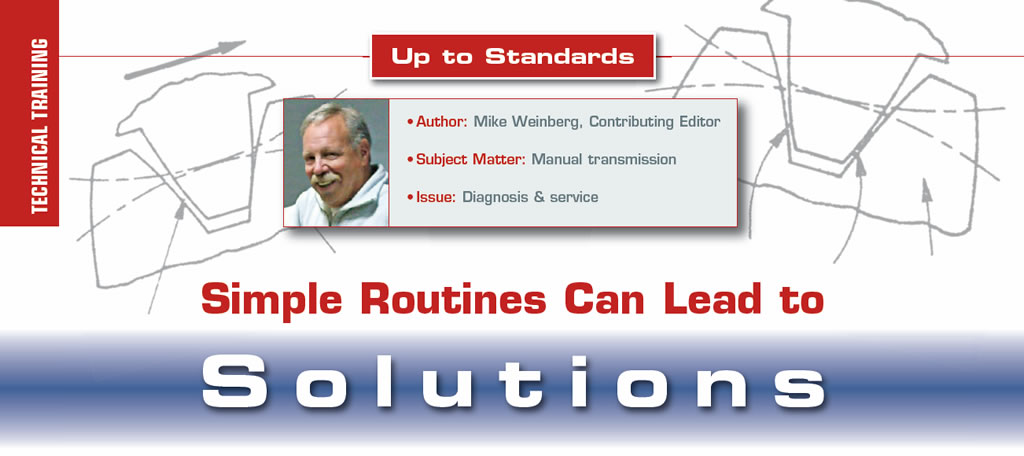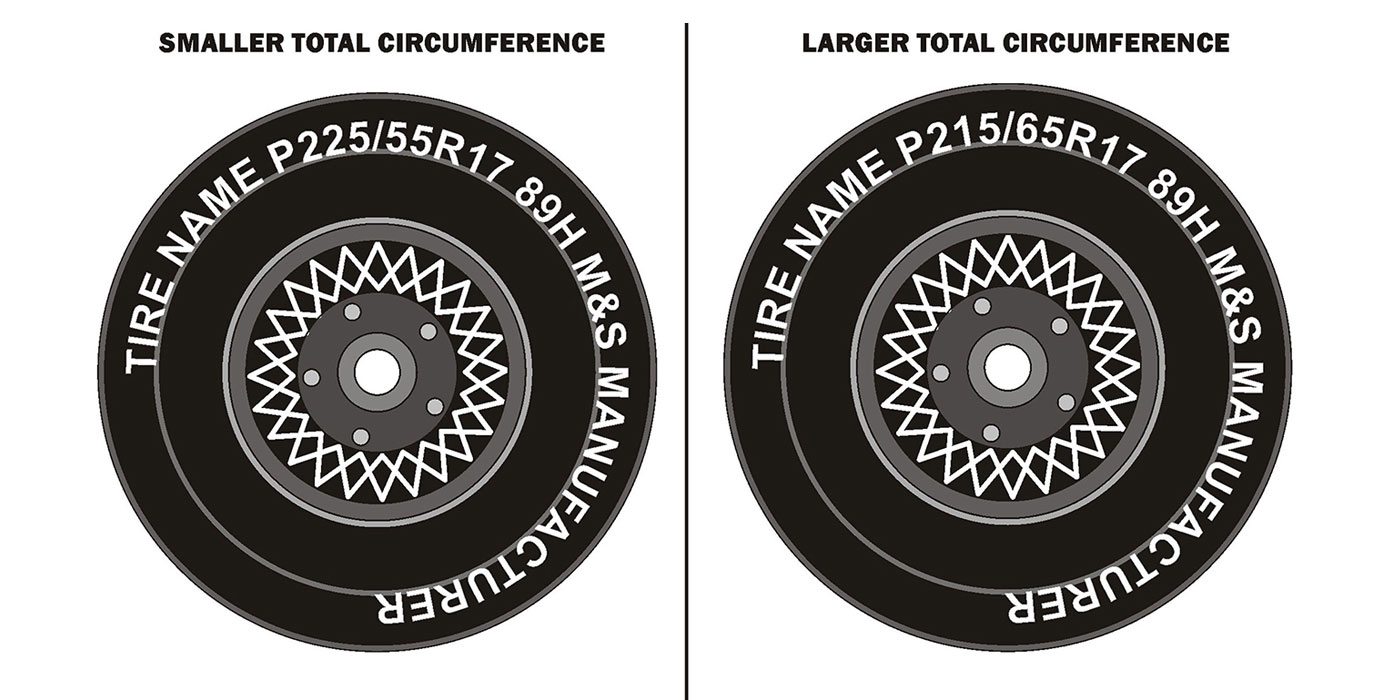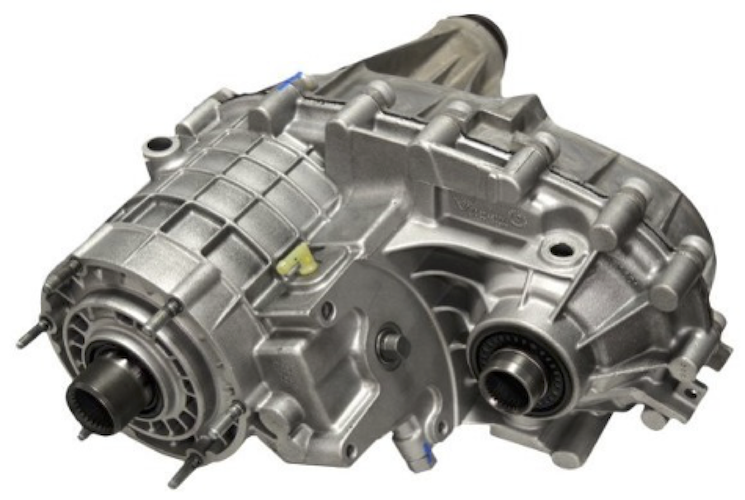
Up to Standards
Author: Mike Weinberg, Contributing Editor
Subject Matter: Transfer case
Unit: MP3023
Vehicle Application: GM trucks
Issue: Design, operation, diagnosis
Magna Powertrain (MP) is a worldwide manufacturer of components and systems for vehicle manufacturers. It has acquired the New Process and New Venture Gear business and now produces components under the Magna name. GM awarded its transfer-case business to Magna beginning with the 2007 model year. We have done articles before on the various models of MP transfer cases. Reviewing the following model designations will help you identify what you are working on:
- MP1222, RPO code NQG, 4L60-E trans, 27 input splines, 32 output splines, 1/2-ton truck, mechanical shift
- MP1222, RPO code NQG, 6L80 trans, 32 input splines, 32 output splines, 1/2-ton truck, mechanical shift
- MP1225, RPO code NQG, 6L90 trans, 29 input splines, 31 output splines, 3/4-ton truck , mechanical shift, heavy-duty
- MP1226, RPO code NQG, 6L90 or LCT1000 trans, 29 input splines, 31 output splines, 3/4- and 1-ton truck, mechanical shift, super-duty
- MP1625, RPO code NQF, 6L90 trans, 29 input splines, 31 output splines, 3/4-ton truck, electric shift, heavy-duty
- MP1626, RPO code NQF, 6L90 or LCT1000 trans, 29 input splines, 31 output splines, 3/4- and 1-ton truck, electric shift, heavy-duty/super-duty
- MP3023, RPO code NQH, 4L60-E trans, 27 input splines, 32 output splines, automatic electric shift, half-ton truck, light-duty
- MP3023, RPO code NQH, 2ML70 trans, 32 input splines, 32 output splines, automatic electric shift, half-ton truck, light-duty
- MP3023, RPO code NQH, 6L90 trans, 29 input splines, 31 output splines, automatic electric shift, 3/4-ton truck, heavy-duty
- MP3024, RPO code NQH, 6L90 trans, 29 input splines, 31 output splines, automatic electric shift, 3/4-ton truck, heavy-duty.

We have now had more experience in remanufacturing the MP3023 (NQH) transfer cases and have located common failure points in these units. The automatic electric-shift function needs to be better understood. The “automatic” function means that the dashboard electronic rotational control (knob) has five positions: 2 high, 4 high, Auto, 4 low and neutral. In the auto mode the transfer case, through inputs from various sensors and commands from the transfer-case control module, will keep the vehicle in 2WD until a difference in wheel speed occurs. An internal wet clutch then will apply to send torque to the front wheels until the slip is eliminated, and the clutch then relaxes. In 4 high and low ranges, the wet internal clutch is locked on to provide a 50/50 torque split at all times. The clutch pack is capable of providing 1,000 to 1,200 Newton meters of torque when applied. With this design the transfer-case motor has two functions: selecting the desired range and applying the clutch pack. It does this by turning two cams in the shift mechanism to move the range fork and apply the clutch.
The most-common failures we see on the MP3023 start with the transfer-case output-shaft rear-bearing snap ring (Figure 1), which is prone to breakage. The snap rings are eyelet type. Going back in time to the NP241 early transfer cases, we saw numerous snap-ring failures causing serious damage because of an output shaft that was no longer retained in its correct position. This results in damage to the shift cam, shift-cam gear, mainshaft, input shaft, front case and chain in the MP3023. The MP3023’s snap rings are too thin for the torque load applied by the clutch. The fix here is to machine the snap-ring grooves in the shaft to take a thicker eyelet-type snap ring. There is no such thing as just replacing the snap ring, so anytime you have one of these units apart, make the snap-ring correction.
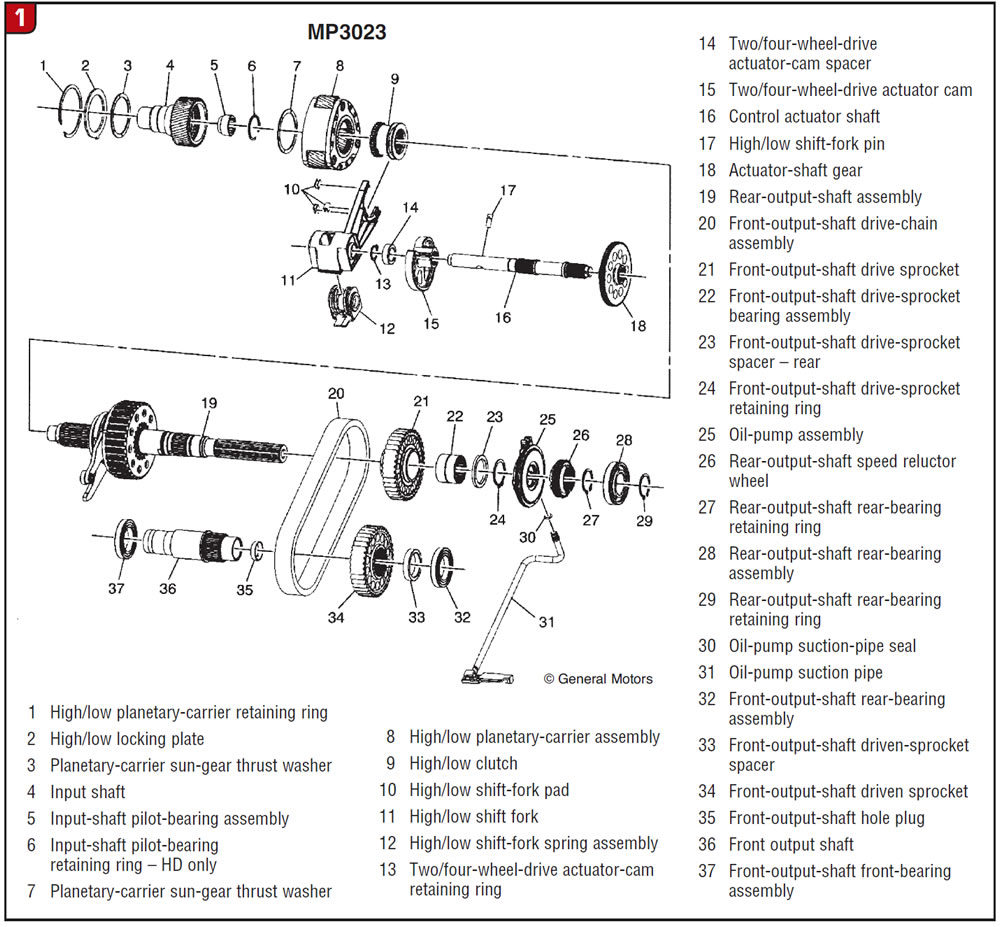
Next, we see failures in the internal oil pump that provides pressurized lube to the internal shafts and gear train (figures 2 and 3). This gerotor-type pump is splined to the output shaft and is retained in the case by an odd-shaped snap ring. The pump has no pressure relief, and it seems that excess pressure or debris blows the pump cover off, allowing various components to starve for oil. The pump is not serviceable and must be ordered as an assembly.
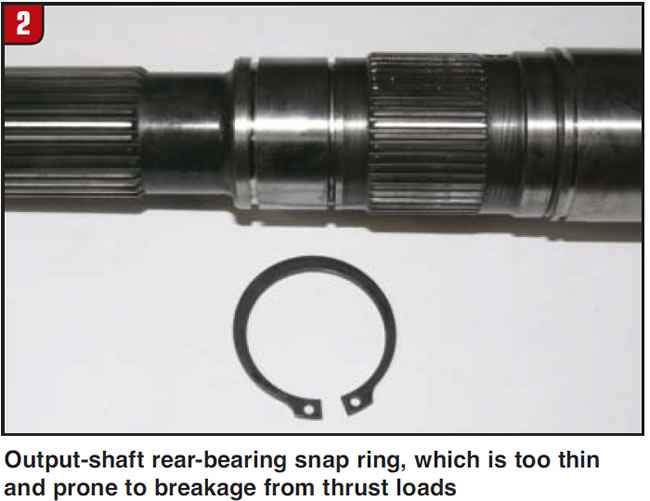
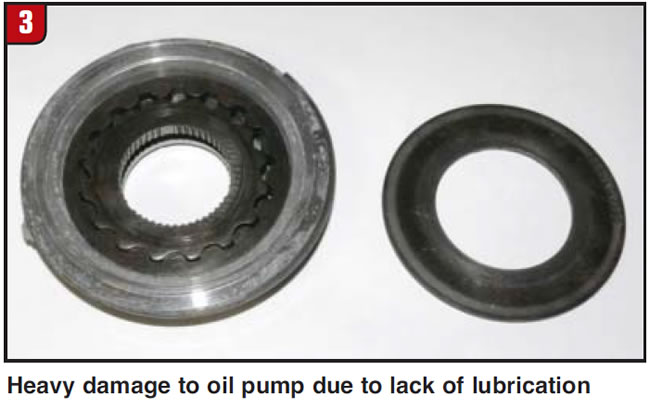
The next common problem involves the control-shaft lever (figures 4 and 5), which has two arms that sandwich three balls in ramps that apply the clutch pack as the balls are forced up the ramp. One of the arms has a roller bearing that rides on a cam that is part of the control-shaft-lever assembly. We have one shaft with multiple parts that both moves the shift fork into the desired position and applies the clutch pack. It is a marvel of compact and functional design.
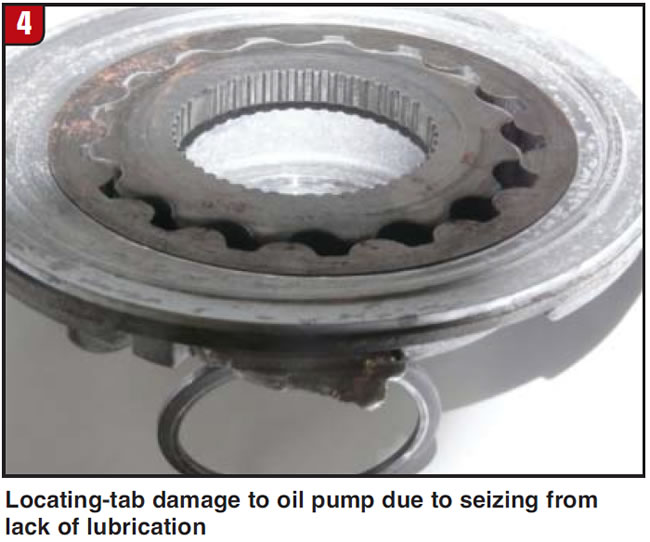
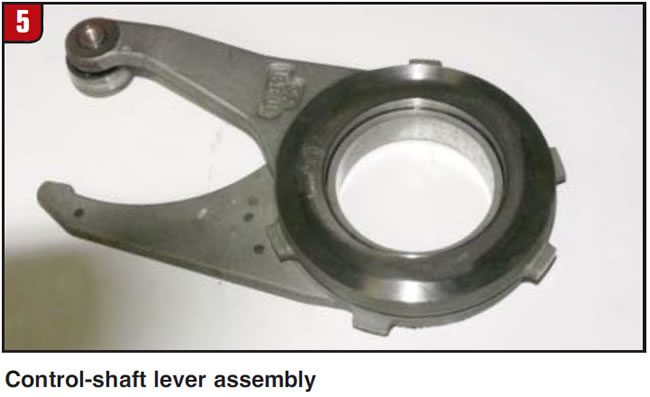
However, failure of the Torrington bearing and washer that locate the control-shaft-arm assembly on the clutch pack, lack of lube or any axial ply in the components will wear out the cam. When this happens the motor can no longer position the control shaft correctly, and all kinds of bad things happen. The transfer-case motor has a very precise range of motion to select the proper gear and clutch application, and any wear on the cam is terminal. You can see in figures 6-10 showing these various forms of damage that the wear problems are serious.
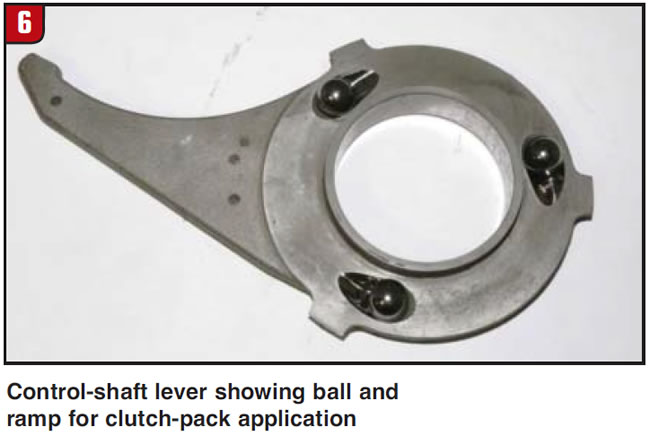
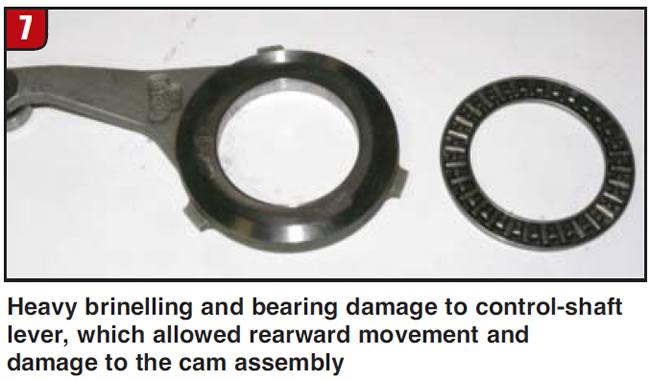
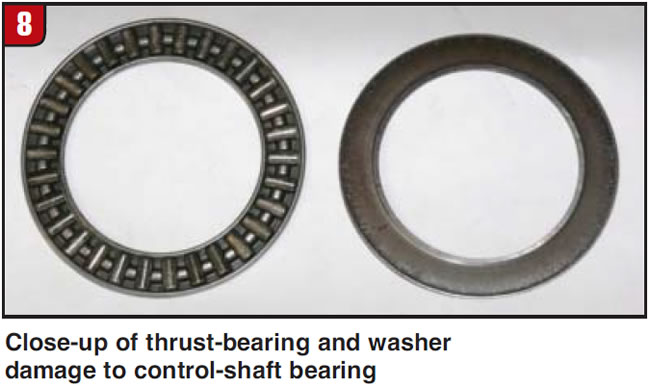
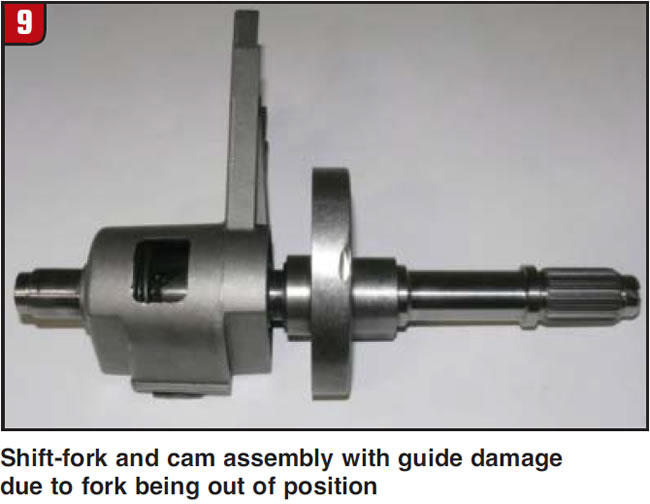
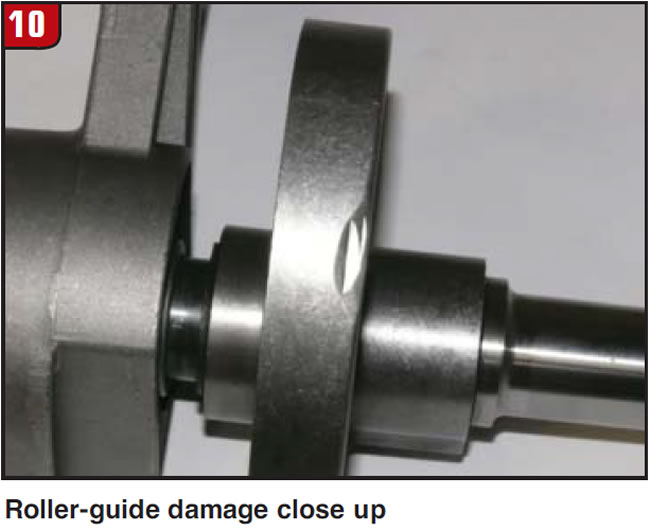
No leak is a good leak, and you can see in Figure 11 that lack of lube due to a leak or a failed oil pump created enough heat and pressure to seize the pinion bearing on the planetary gear and crack the planet carrier, which ultimately resulted in the case cracking and a nuclear meltdown.
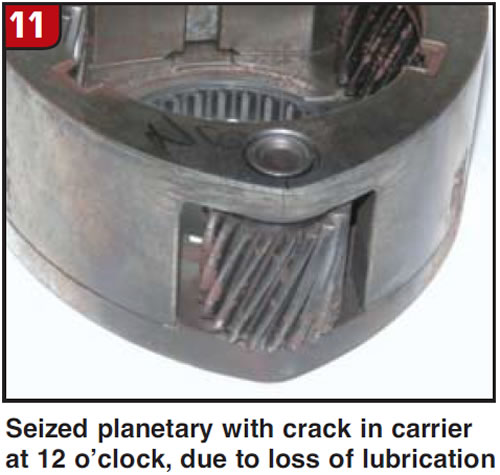
There is a lot to be understood about the electronic functions of this unit, but that will be the subject of a second article. However, it is important here to speak about recalibration techniques required for a happy outcome. Replacing the TCCM requires reprogramming. Secondary to learn is that if a unit is replaced with a reman or is rebuilt, a transfer-case clutch-reset procedure is necessary. It is a simple procedure using an equivalent scan tool. Turn the ignition on with the motor off. Find and get into the special-functions menu in the scan tool. Find Motor Learn Procedure, or get into Clutch Reset procedure. The motor will cycle when you start this procedure, and the TCCM will learn the new clutch-pack apply depth. This is a simple deal, but not knowing about it can make your day longer.
We have a lot of experience with clutch-driven computer-controlled transfer cases, having worked on BW 4405, 4411, NV226 and NV246 units for years. This is a new design on achieving an old technique. The first few are always a learning curve, but you will develop a workable, efficient routine. As usual the key to understanding and success is knowledge.

Mike Weinberg is president of Rockland Standard Gear.

